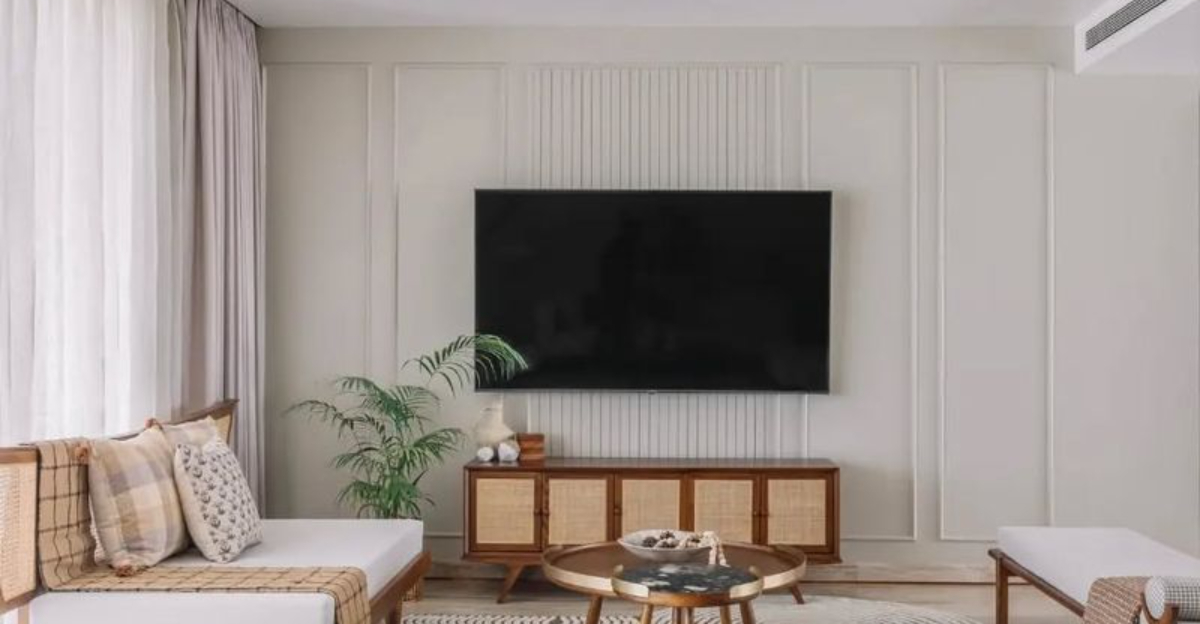Decorating a home involves balancing aesthetics and functionality. Whether you’re a minimalist who loves simplicity or a maximalist who thrives in abundance, there are decorating strategies both can agree on.
These 27 tricks prove that harmony between these styles is possible, blending sophistication and flair.
1. Use of Natural Light

Both minimalists and maximalists benefit from maximizing natural light. For minimalists, it enhances the calm, open feel of a space, while maximalists use it to highlight vibrant colors and textures. Consider opting for minimal window treatments to let the light flood in. Alternatively, bold, patterned curtains can add a maximalist flair while still allowing the light to shine. Emphasizing natural light enhances any decor.
2. Quality over Quantity
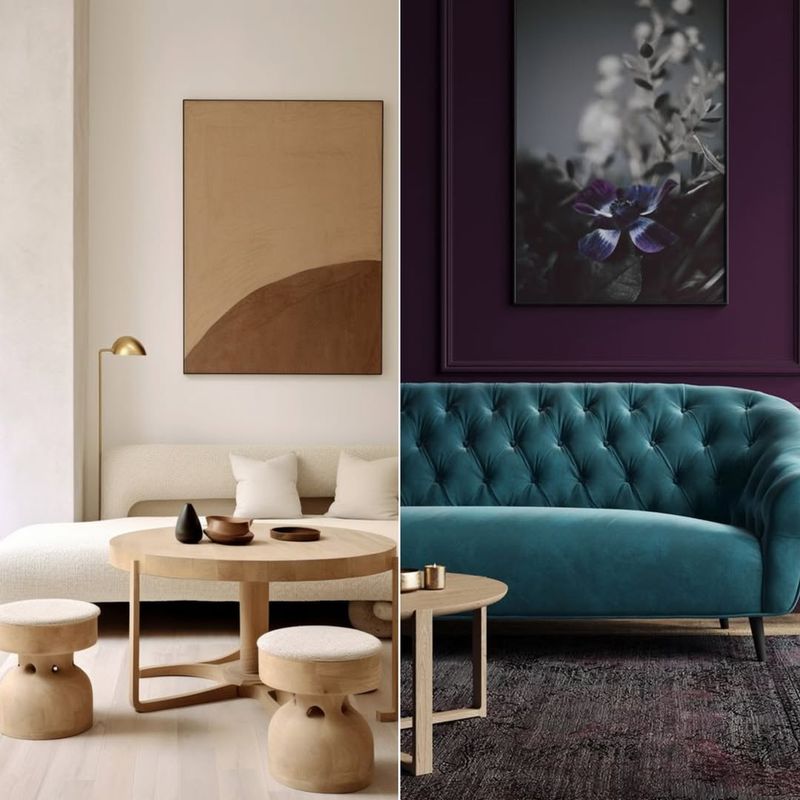
Investing in quality pieces is a principle shared by minimalists and maximalists. Minimalists prefer fewer, but impeccably crafted items that offer function without excess. Maximalists, on the other hand, seek statement furniture that’s both bold and well-made. Whether it’s a sleek, understated table or an extravagant, eye-catching chair, quality craftsmanship elevates any space. Choose pieces that speak to your style and stand the test of time.
3. Greenery in the Home
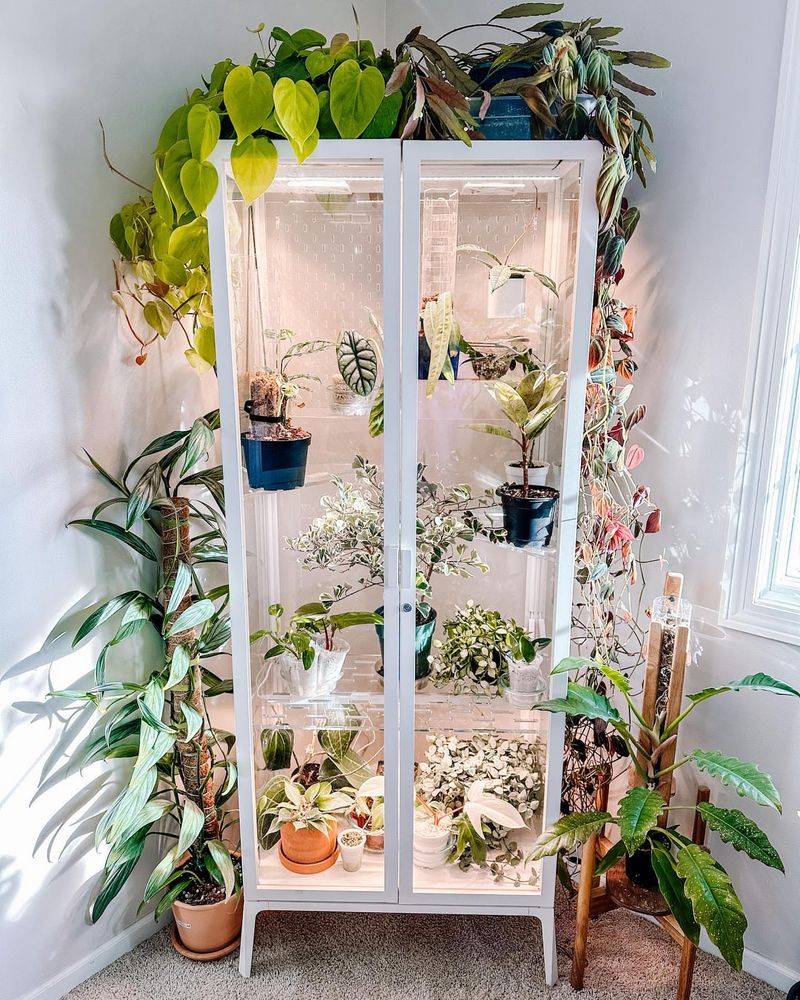
Plants bring life to any room, suiting both minimalist and maximalist spaces. Minimalists might choose a single elegant plant in a neutral pot, while maximalists go for a lush array of greenery in vibrant planters. This harmony provides a refreshing atmosphere, offering both serenity and vibrancy. Incorporating plants as focal points or subtle accents enriches your space, making it feel more lively and inviting for any style.
4. Neutral Base

A neutral color base serves as a versatile backdrop for any decor. Minimalists love its simplicity, allowing for a serene atmosphere with clean lines. Maximalists find it provides a perfect canvas to layer colorful, eclectic patterns. This base enables an easy transition between styles, highlighting features unique to each. Whether using whites, greys, or beiges, a neutral foundation supports dynamic or subtle design choices.
5. Statement Lighting
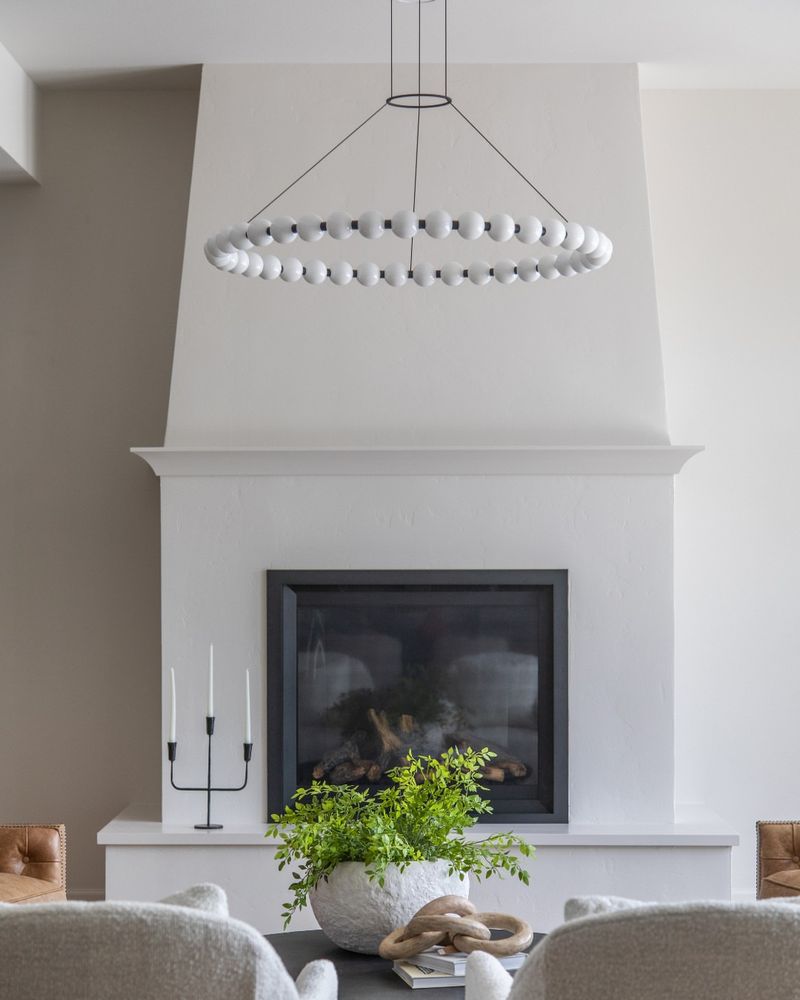
Lighting can transform a space, and a statement fixture is key for both styles. Minimalists enjoy a striking piece that commands attention without clutter. Maximalists, meanwhile, embrace boldness, using lighting to accentuate intricate designs. A chandelier or artistic lamp can be a focal point, creating a balance between minimal and maximal elements. Choose a light fixture that captures your aesthetic while illuminating the room beautifully.
6. Unexpected Book Arrangements
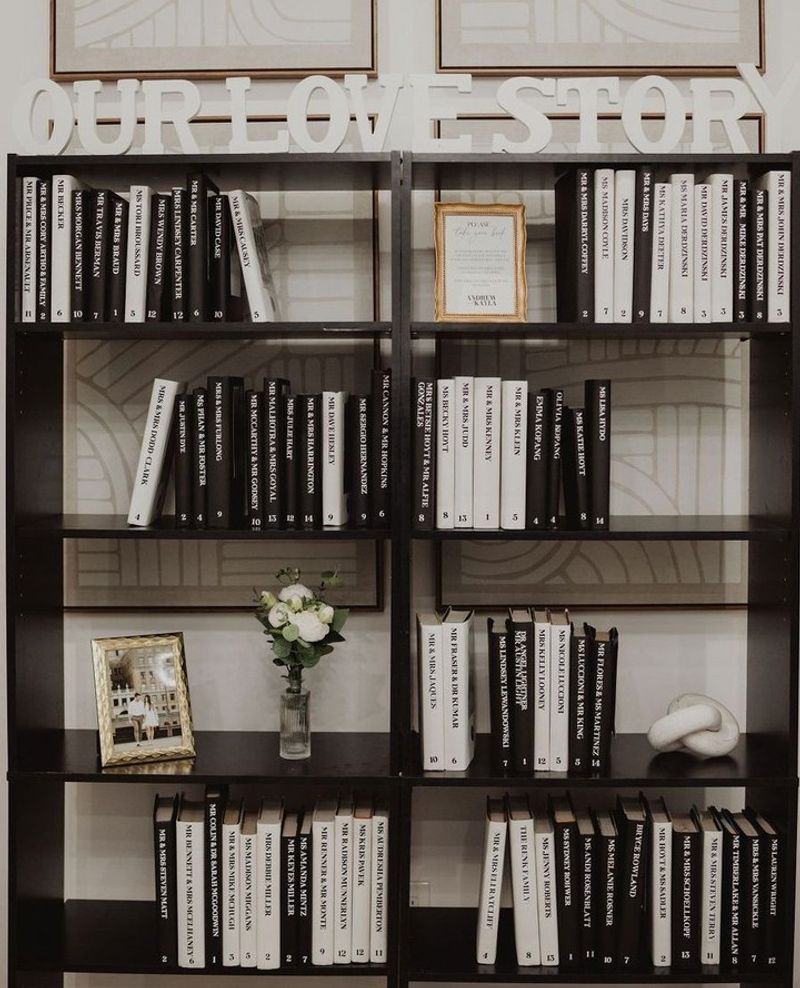
Bookshelves can be more than just storage. Arrange books diagonally or in zigzag patterns for an artistic touch. This unexpected arrangement catches the eye and turns your book collection into a focal point. Mix in a few decorative objects like small sculptures or vases.
Playing with alignment creates visual interest without clutter. This trick is particularly appealing to those who love books as both practical and decorative elements. It’s a simple tweak that adds character and flair to any room. Experiment with color coordination for an added layer of sophistication.
7. Mirrored Ceilings
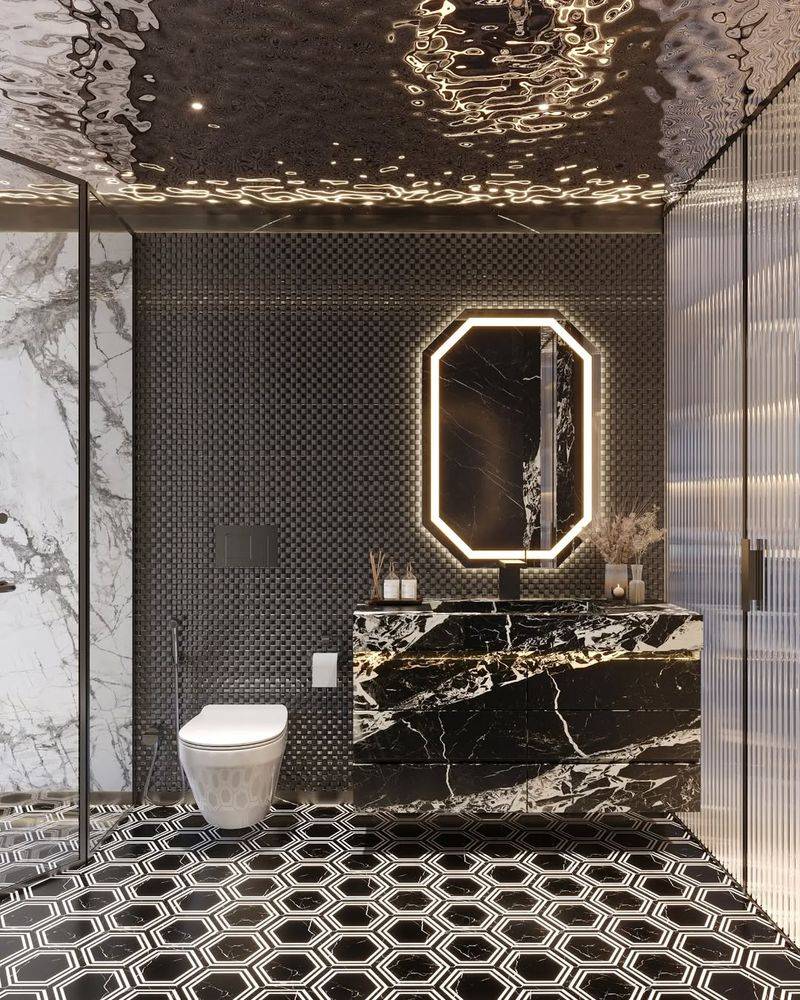
Mirrored ceilings are a bold statement that opens up space and reflects light. This trick creates an illusion of height and depth, making smaller rooms feel expansive. It adds a touch of glamour and elegance, perfect for both minimalist and maximalist enthusiasts.
The reflective surface can complement sleek modern designs or contrast richly decorated environments. It’s an unexpected element that surprises and delights visitors. Consider using it in a dining room or foyer for maximum impact. This idea combines practicality with a sense of luxury, suitable for daring decorators.
8. Floating Furniture

Floating furniture offers a futuristic and airy feel. Pieces with transparent legs or bases create an illusion of more space, perfect for small apartments or open-plan areas. This design trick is favored by those who enjoy sleek, uncluttered aesthetics. It adds a touch of whimsy while maintaining functionality. Experiment with different furniture pieces, such as coffee tables or chairs, to create a cohesive look. The floating effect enhances any room’s visual appeal, making it feel light and inviting.
9. Eclectic Wall Collages
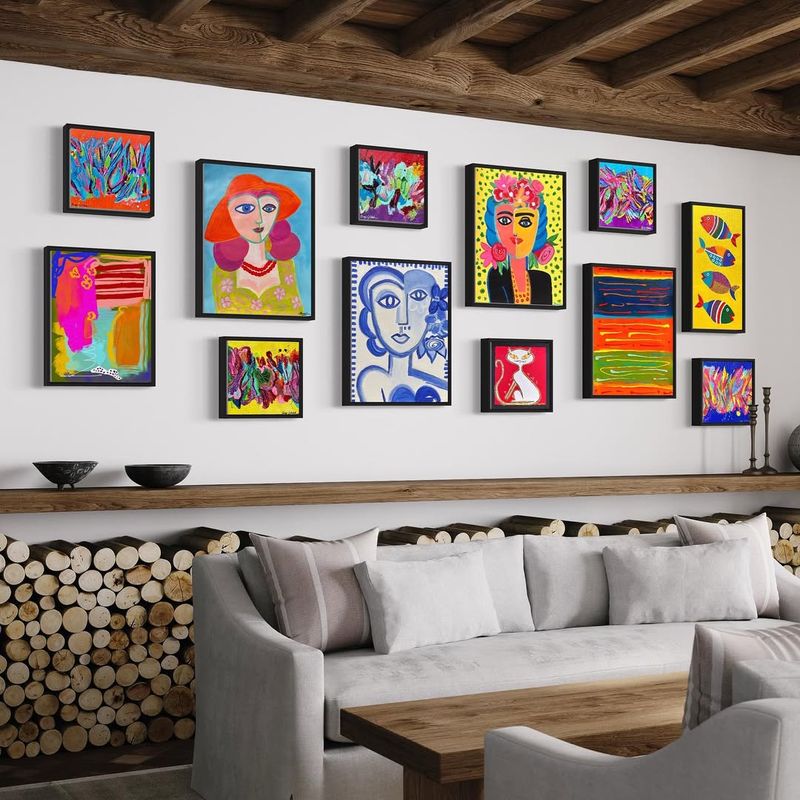
Eclectic wall collages are a fantastic way to express personality and creativity. Combine different artworks, photos, and decorative items to create a dynamic display. This approach allows both minimalists and maximalists to showcase their taste uniquely. Keep a balanced composition by varying frame sizes and shapes. This trick transforms a plain wall into an engaging visual story. It’s a versatile technique that suits any room, from living areas to hallways. Let your imagination run wild and craft a wall that truly reflects who you are.
10. Bold Floor Patterns
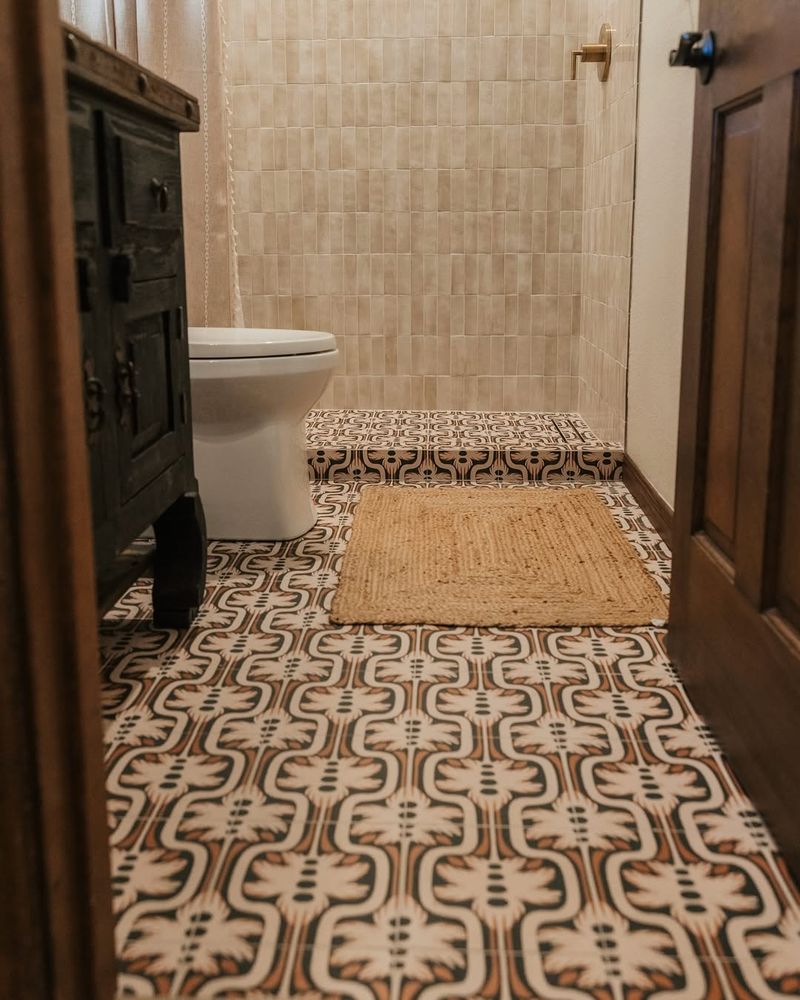
Bold floor patterns make a striking statement in any room. Experiment with geometric designs, chevron, or checkerboard patterns to add visual interest. It’s an excellent option for both minimalist and maximalist interiors, offering a unique base to build upon. Choose colors that complement the rest of your decor for a cohesive look. This technique can redefine a space, drawing attention to the floor as a key design element. It’s a creative way to personalize your home and leave a lasting impression.
11. Textured Wall Panels
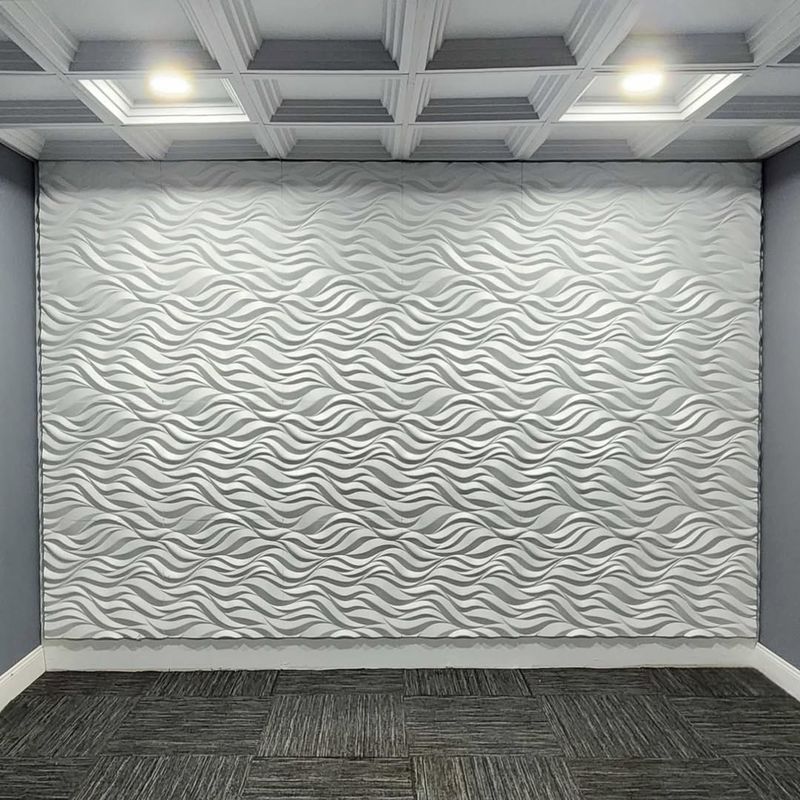
Textured wall panels introduce depth and dimension to a space, breaking the monotony of flat surfaces. They can be made from various materials like wood, fabric, or metal, catering to different tastes.
These panels enhance both minimalist and maximalist settings by adding tactile interest. Use them as a feature wall in a living room or bedroom for a dramatic effect. They provide a stylish backdrop for furniture and art, elevating the overall aesthetic of your home.
12. Convertible Spaces
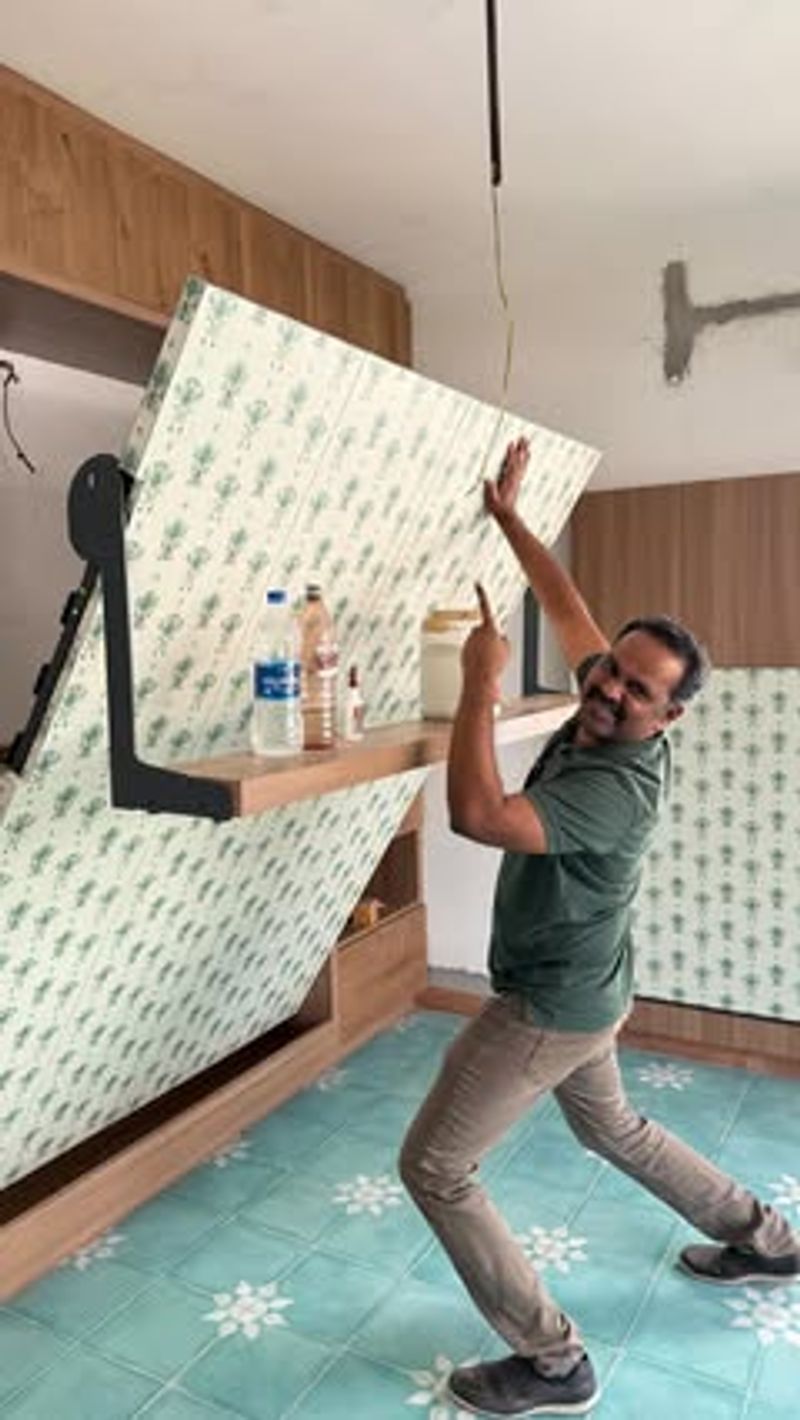
Convertible spaces maximize functionality and style, ideal for modern living. Furniture that transforms, like foldable beds or tables that double as desks, adapts to different needs. This trick appeals to minimalists who value efficiency and maximalists who enjoy versatile options.
It allows for creative arrangements without sacrificing comfort. Incorporate convertible furniture in studios or small homes to make the most of every square foot. This design solution enhances flexibility and supports dynamic living environments.
13. Color Blocked Walls
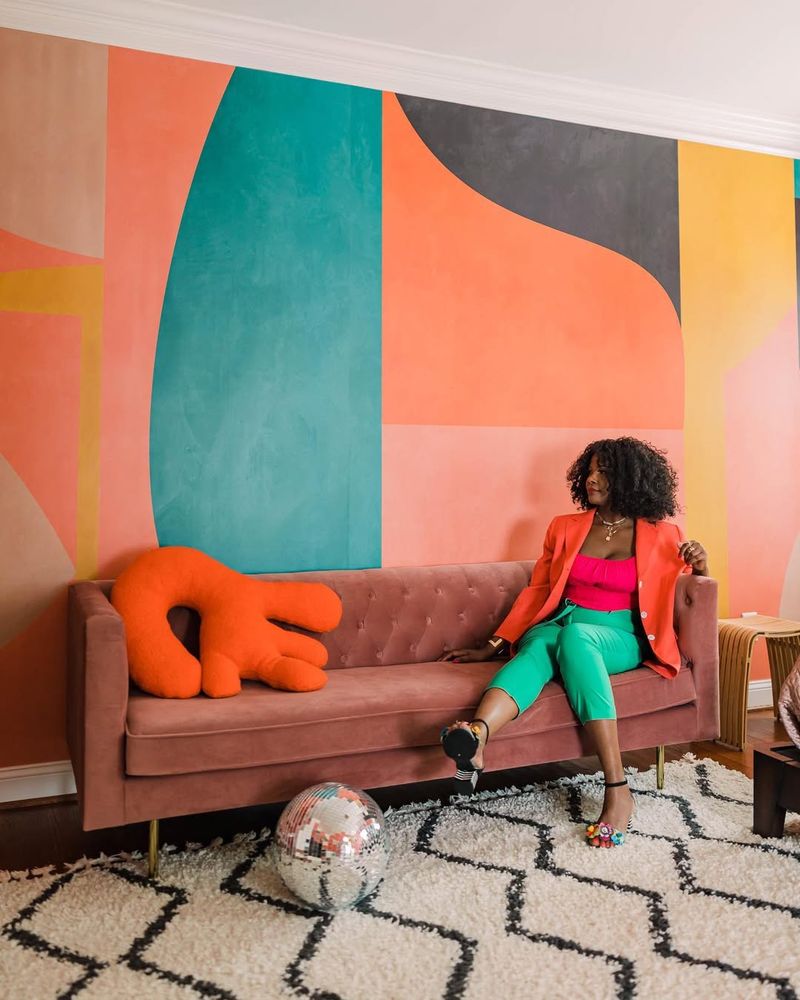
Color blocked walls add vibrancy and structure, providing a bold backdrop for any decor. This technique divides walls into large sections of contrasting colors, creating a dynamic and modern look. Both minimalists and maximalists can find common ground here, as it balances simplicity with drama. The key is selecting colors that resonate with the overall theme. This approach redefines spaces, turning walls into artistic canvases that draw attention and admiration.
14. Oversized Art Pieces
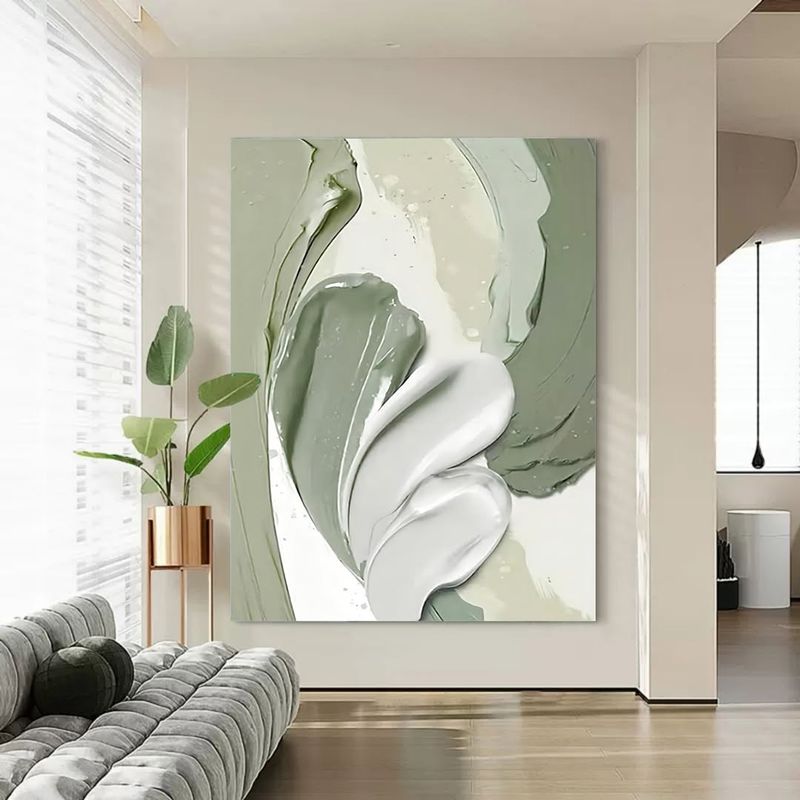
Oversized art pieces make an impactful statement, serving as focal points in a room. They draw attention and create a sense of scale that can harmonize with both minimalist and maximalist interiors.
The key is choosing art that resonates with your style while enhancing the room’s atmosphere. Large artworks provide a dramatic flair without overwhelming the space. Position them strategically in living areas or entryways for maximum effect.
15. Interactive Digital Displays

Interactive digital displays merge technology with design, offering a versatile solution for modern homes. These screens can rotate through various artworks, photos, or even interactive apps.
Tech-savvy maximalists and minimalists who value dynamic elements will find this method appealing. It enables frequent cosmetic improvements for the space without requiring structural adjustments. Use them in offices or living areas to improve both style and engagement at the same time.
16. Vintage and Modern Mix
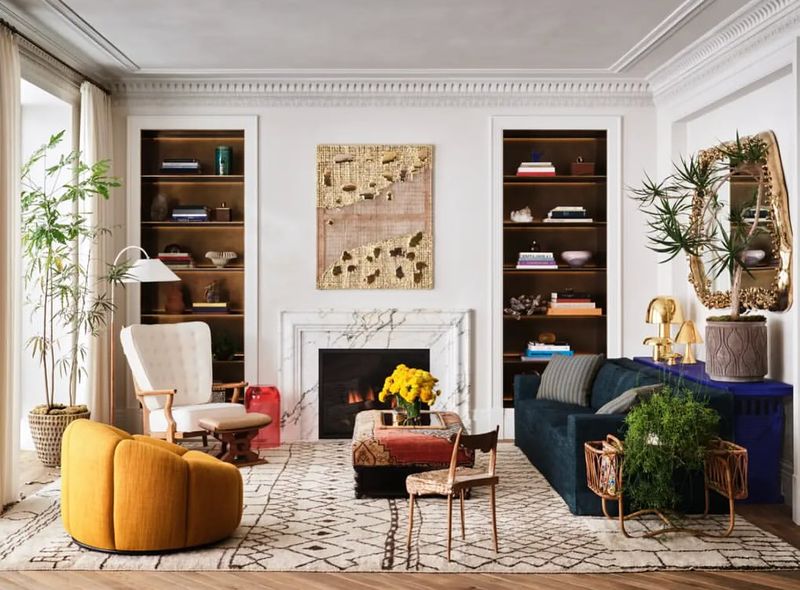
Mixing vintage and modern elements creates a timeless appeal. Pairing antique furniture with sleek, modern pieces provides a balanced contrast that enriches any room. This style blends nostalgia with current trends, making it attractive to both minimalists and maximalists. It’s a versatile approach, allowing you to showcase cherished heirlooms alongside newly acquired items. The key is finding harmony between old and new, crafting a space that tells a story.
17. Invisible Shelving
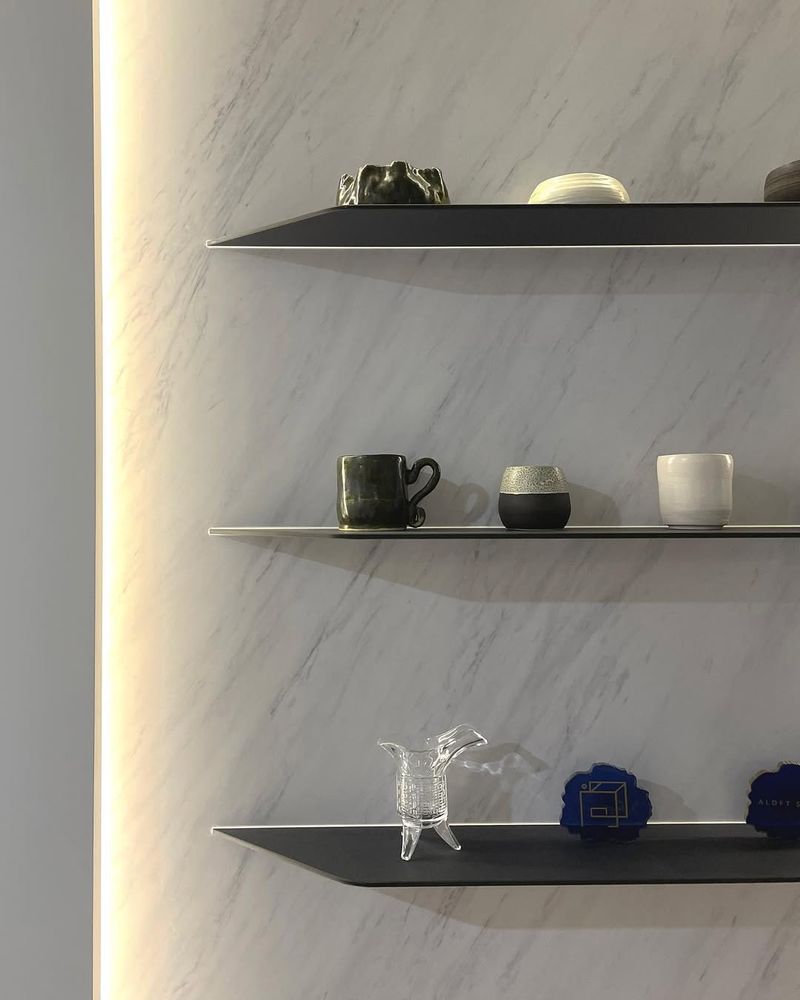
Invisible shelving creates a magical floating effect, perfect for minimalist spaces. These shelves appear to hold items against the wall without support, adding intrigue and elegance. They are ideal for showcasing books, plants, or collectibles without visual clutter. Maximalists can also benefit by using them to display a curated collection. This trick blends functionality with aesthetic appeal, making walls look organized and stylish.
18. Upcycled Furniture
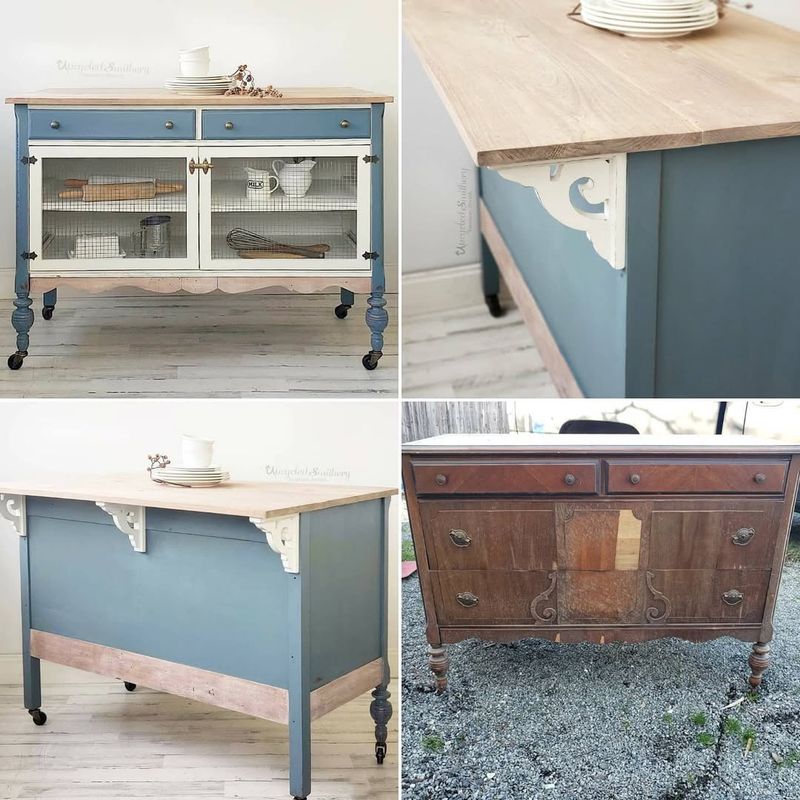
Upcycled furniture is both eco-friendly and stylish, appealing to a wide audience. Transform old materials into new furniture, like tables made from reclaimed wood or chairs upholstered with vintage fabrics. This approach supports sustainability while offering unique decor opportunities. It resonates with minimalists and maximalists who appreciate creativity and resourcefulness. Upcycling encourages a personal touch, making each piece a conversation starter.
19. Bold Use of Patterns

Bold patterns inject energy and personality into any room. From wallpapers to textiles, mixing different designs can create a cohesive yet eclectic look.
Both minimalists and maximalists can appreciate the dynamism patterns bring to a space. The key is balance, ensuring that the combinations don’t overwhelm. Use patterns to highlight specific areas or features, adding depth and interest. This strategy invigorates decor, making it memorable and engaging.
20. Symmetrical Arrangements
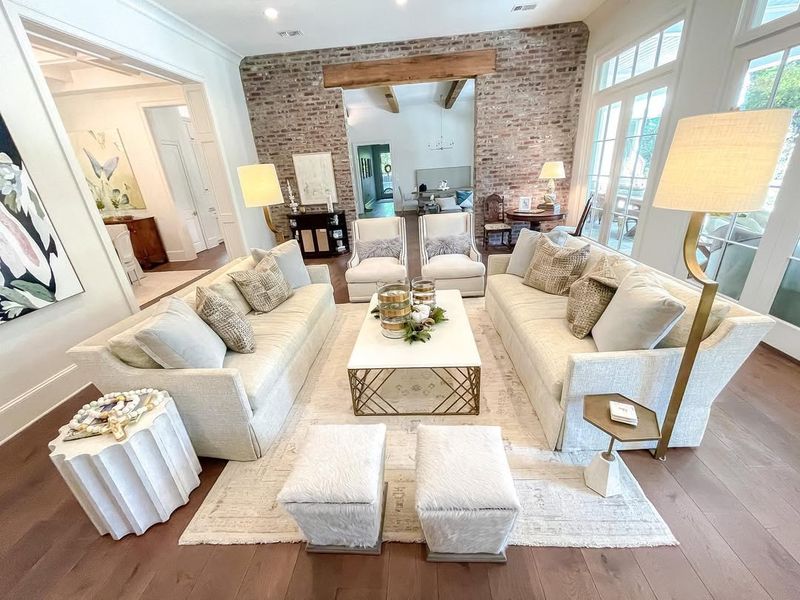
Symmetrical arrangements provide a sense of order and harmony, appealing to both minimalists and maximalists. This layout involves mirroring items on either side of a central point, achieving balance.
It’s a classic design principle that enhances visual stability, making spaces feel cohesive and calm. Use symmetry in living rooms or bedrooms to create a polished and inviting environment. It’s a timeless approach that never goes out of style.
21. Customizable Furniture

Customizable furniture offers flexibility and personalization, suitable for dynamic lifestyles. Modular pieces allow for reconfiguration, adapting to different activities or preferences. This concept is ideal for minimalists who value adaptability and maximalists who enjoy changing things up. It’s a practical solution for evolving needs, ensuring your space remains functional and stylish. Experiment with different layouts to discover what works best for your environment.
22. Nature-Inspired Textures
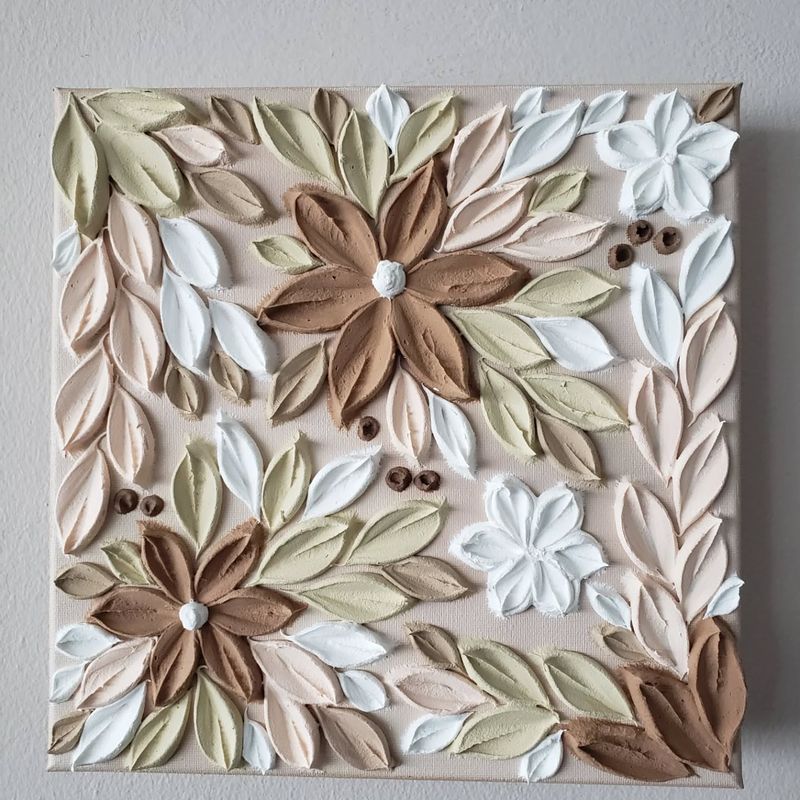
Nature-inspired textures bring the outdoors in, creating a tranquil and organic feel. Incorporate materials like wood, stone, or woven fabrics to add warmth and interest. This approach resonates with minimalists who appreciate simplicity and maximalists who love rich textures. It’s a versatile strategy that enhances comfort and style, making spaces feel more grounded and inviting. Use these textures in bedrooms or living areas for a soothing effect.
23. Artisan Craftsmanship
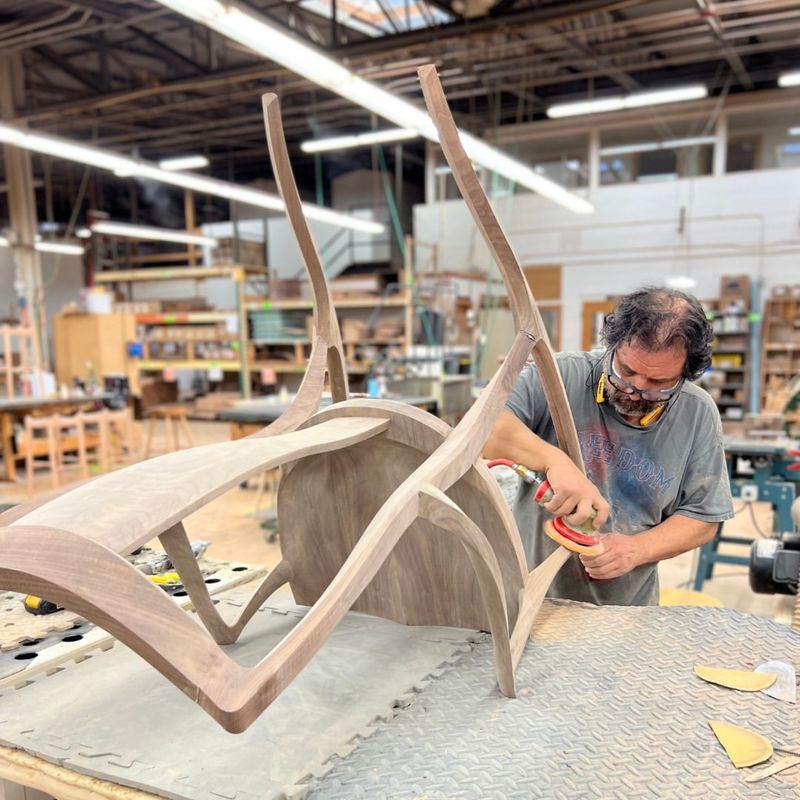
Artisan craftsmanship celebrates quality and uniqueness, making it a favorite among decor enthusiasts. Handcrafted furniture or decor items showcase skill and creativity, adding a touch of luxury.
Both minimalists and maximalists can appreciate the value of well-made pieces. They bring character and authenticity to a space, often becoming heirlooms. Invest in artisan items for a timeless and sophisticated look that stands out.
24. Creative Lighting Solutions
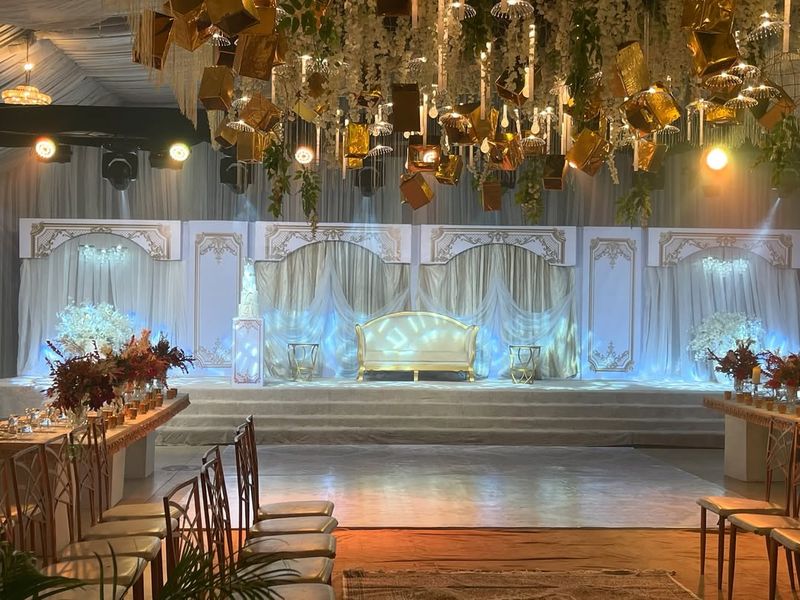
Creative lighting solutions transform a room’s ambiance. Experiment with different lighting fixtures like pendant lamps, wall sconces, or LED strips to highlight features.
This approach caters to both minimalist and maximalist preferences, enhancing mood and functionality. Use lighting to create focal points or accentuate specific areas. It’s an effective way to add depth and character, making your decor shine.
25. Playful Color Accents
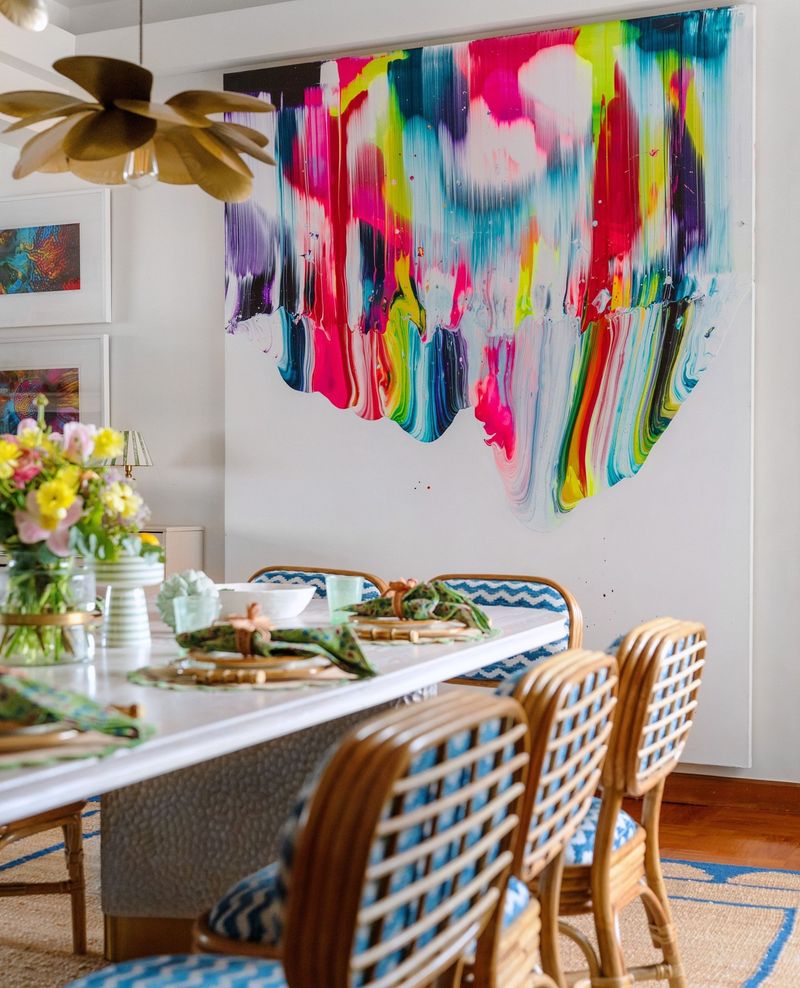
Playful color accents inject life into minimalist settings and enhance maximalist ones. Incorporate vibrant cushions, rugs, or art to add interest without overwhelming.
This trick offers flexibility, allowing you to change colors with the seasons or your mood. It’s a simple yet effective way to personalize your space, making it feel lively and inviting. Experiment with different combinations to find what resonates with you.
26. Ambient Soundscapes
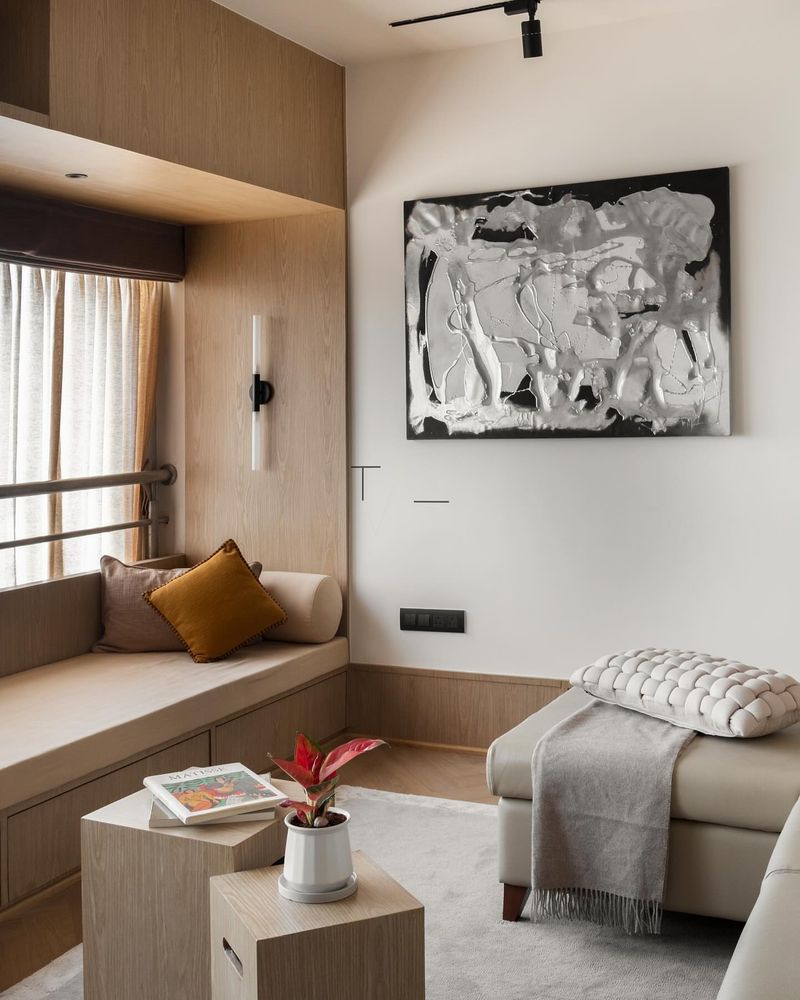
Ambient soundscapes add an auditory dimension to home decor. Use built-in speakers to play nature sounds, music, or white noise, enhancing the atmosphere.
This idea appeals to minimalists seeking relaxation and maximalists who appreciate sensory experiences. It’s a subtle addition that transforms the feel of a space, promoting calm and focus. Integrate it into living rooms or bedrooms for a holistic approach to decorating.
27. Personalized Nooks
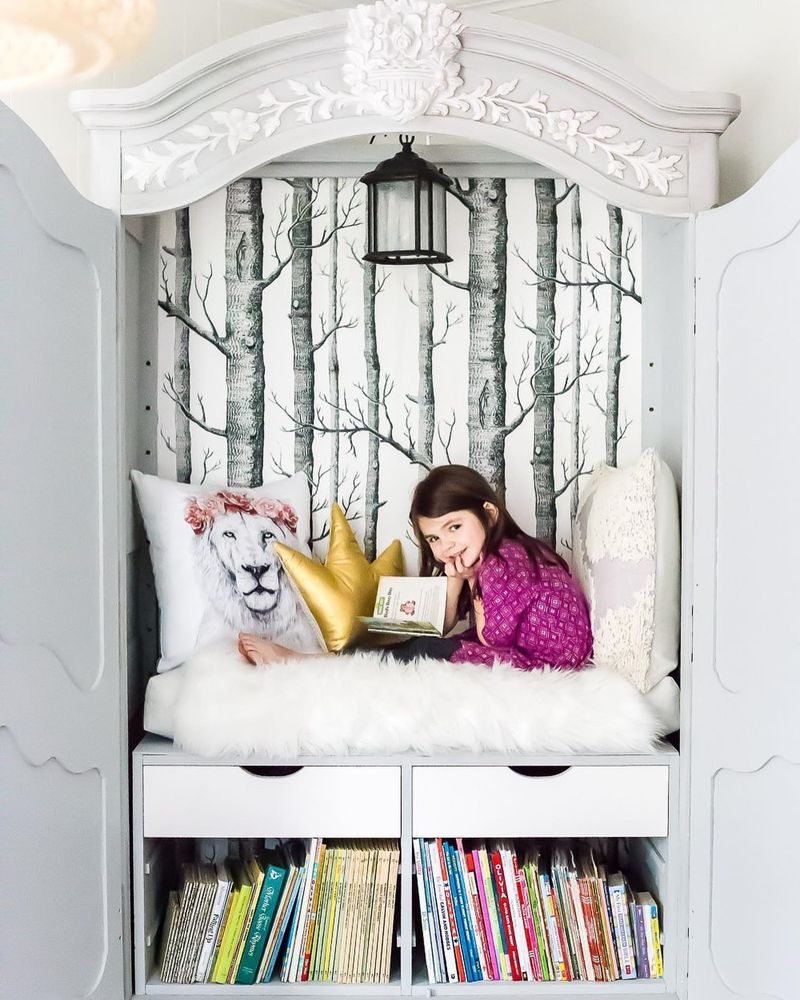
Personalized nooks offer cozy retreats within a home. Create a reading corner with a comfortable chair, a small bookshelf, and a throw blanket. These intimate spaces serve as personal havens for relaxation or hobbies.
Both minimalists and maximalists can craft nooks tailored to their preferences, adding a personal touch to their decor. Use them to reflect your interests, making your home truly yours.

